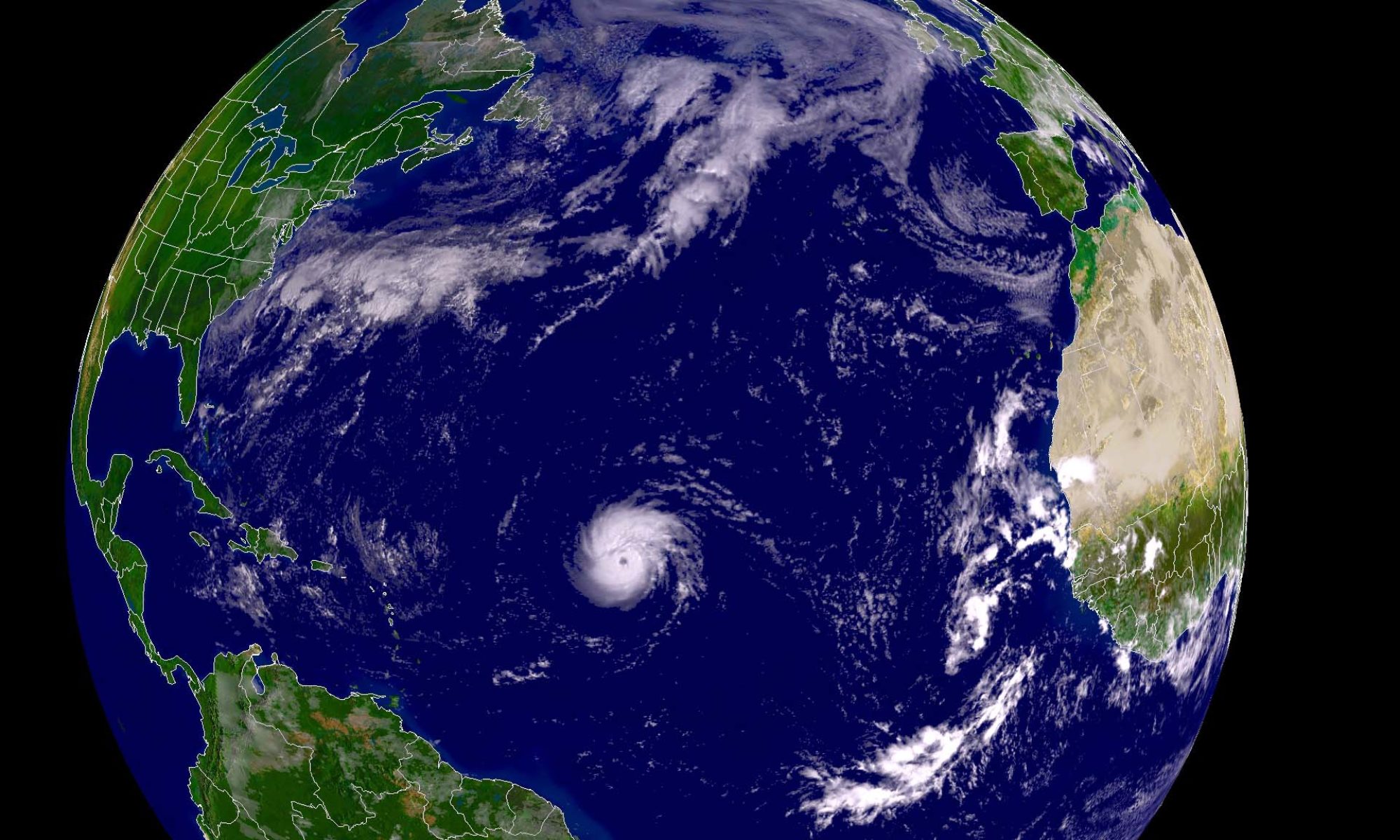Akio Matsumura
Excerpts from the Asahi Shimbun Editorial on Nov 23, 2016:
For planet Earth, the passage of five years and eight months represents nothing but a flash. The Magnitude 7.4 earthquake that struck eastern Japan on November 22, 2016, believed to an aftershock of the Great East Japan Earthquake of March 11, 2011, served as a wake up-up call, for us humans whose memories are woefully short. This time, many people became alarmed when they learned of the temporary failure of the cooling water pump for the spent nuclear fuel pool at the Fukushima No. 2 nuclear power plant operated by Tokyo Electric Power Co (TEPCO). In the immediate aftermath of the March 2011 disaster, however, the shutdown of the cooling water pump at the Fukushima No. 1 nuclear power plant presented a serious threat to the spent nuclear fuel. A possible massive release of radioactive substances was feared. We are concerned that this particular lesson from the 2011 disaster may have already been forgotten. We must all learn humbly from each disaster. It is up to all of society--individuals and corporations alike--to keep planning viable countermeasures steadily and surely. Ultimately, that is the only way to prepare for the next disaster, which may strike even today.
Japan’s government and the Tokyo Metropolitan government flood the news with promotions of the 2020 Tokyo Olympic games. With this excitement in the foreground, we take little notice of the fact that there is little to no news of how repairs proceed, whether the crews face difficulty, and how many areas cannot even be entered at Fukushima’s nuclear site.… Continue reading



